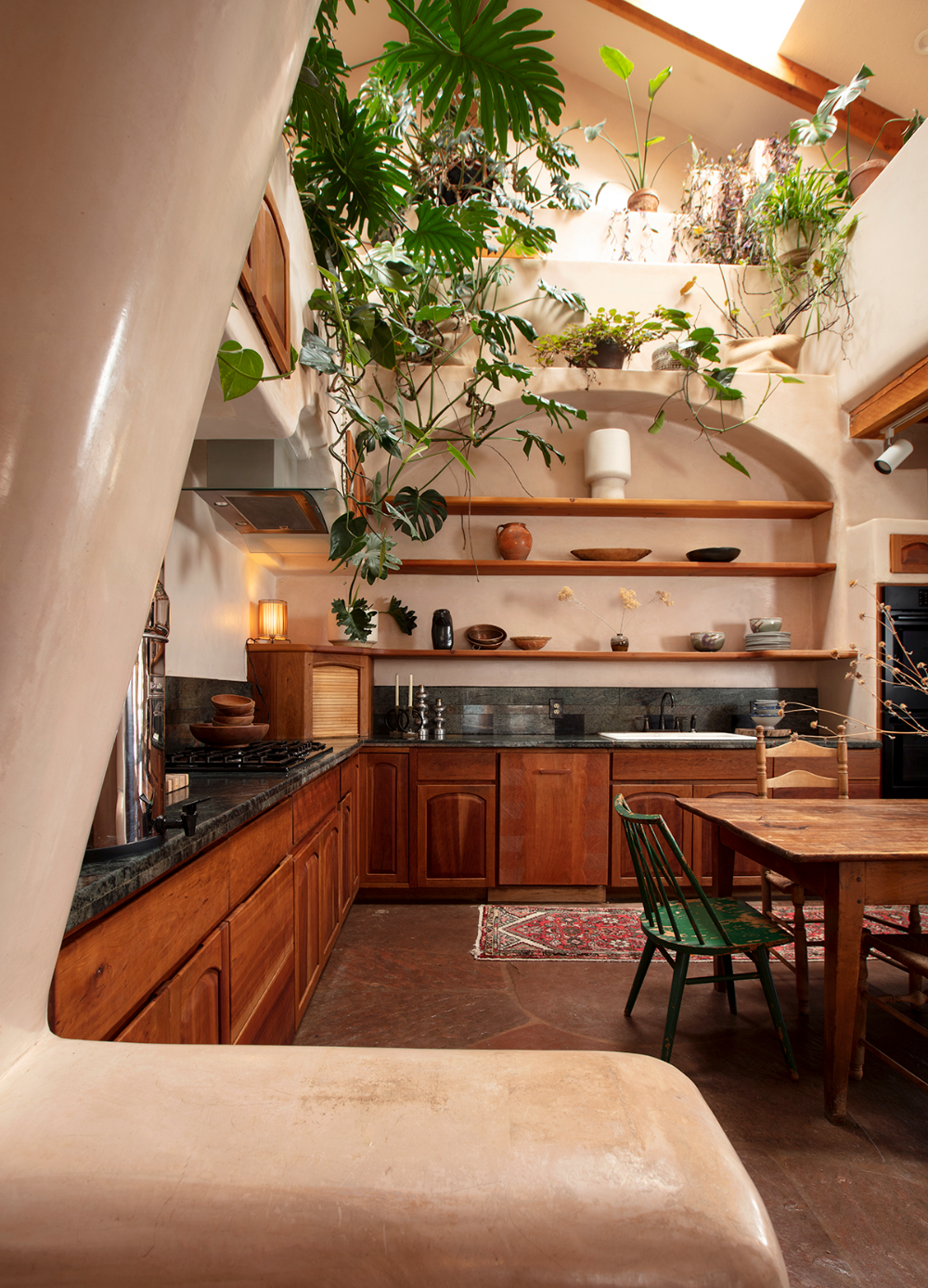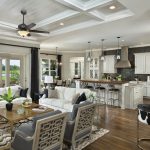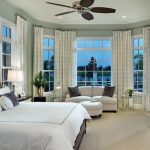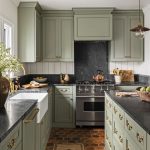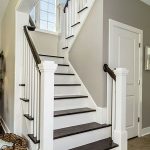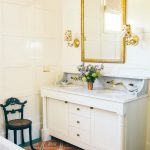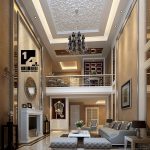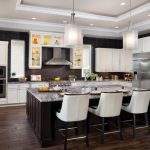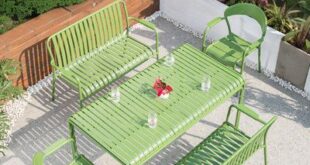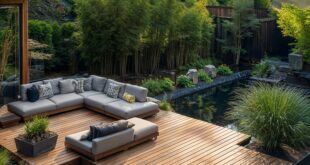Model home interior design is a key element in showcasing a property in its best light. When potential buyers walk into a model home, they are not just looking at the layout and structure of the house – they are also envisioning themselves living there. This is where interior design plays a crucial role in creating a welcoming and attractive space that resonates with buyers.
One of the main goals of model home interior design is to highlight the various features and selling points of the property. This can include showcasing the layout of the rooms, the natural light that floods in through the windows, or the high ceilings that give a sense of spaciousness. By strategically placing furniture and decor items, designers can draw attention to these features and create a visually appealing space that buyers will find irresistible.
Color plays a significant role in model home interior design. The choice of color palette can set the tone for the entire space and evoke certain emotions in potential buyers. Neutral colors like beige, gray, and white are often used as a base to create a sense of calm and spaciousness. Accents of color can be added through accessories like throw pillows, rugs, and artwork to add interest and personality to the space.
Furniture selection is another key aspect of model home interior design. Furniture should be chosen not only for its style and comfort but also for its scale and proportion in relation to the size of the rooms. Oversized furniture can make a room feel cramped and cluttered, while too small furniture can make a space feel empty and uninviting. By selecting the right pieces and arranging them in a way that maximizes flow and functionality, designers can create a space that feels cohesive and welcoming.
Lighting is another important consideration in model home interior design. Proper lighting can enhance the overall ambience of a space and highlight its best features. Natural light is always preferred, so designers often opt for sheer curtains or blinds that allow light to filter in while maintaining privacy. In addition to natural light, a combination of overhead lighting, task lighting, and ambient lighting can be used to create a layered lighting scheme that is both functional and aesthetically pleasing.
In conclusion, model home interior design is a crucial aspect of showcasing a property to potential buyers. By strategically using color, furniture, and lighting, designers can create a space that highlights the best features of the property and evokes a sense of comfort and style. Ultimately, a well-designed model home can help buyers envision themselves living in the space and make a strong impression that can lead to a successful sale.
 bebadesign Interior Design Ideas
bebadesign Interior Design Ideas
